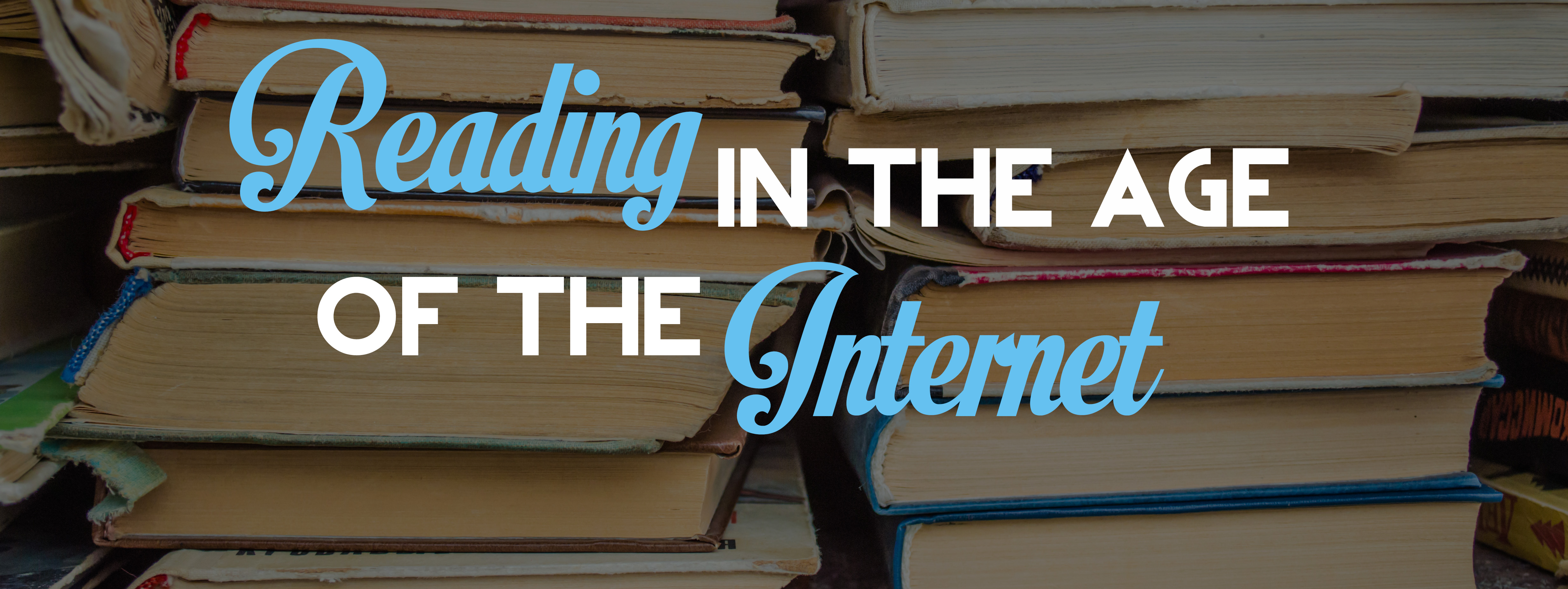Reading in the Age of the Internet

I’ve been a passionate reader all my life, and one of my earliest memories is of reading a simple Golden Book. Umpteen years later, I’ve joined the 21st century by using a simple (by that I mean the most basic model available) e-reader. Why am I making this point you ask? Recently the question of valuing content and reading in the digital age reached critical mass for me, and as someone directly involved in providing content for the Web, how and what we read is important to me.
And as someone concerned with content marketing, dear reader, this is of vital importance to you if you have any type of website.
The Plastic Brain
Back on January 30, 2004, The Chronicle of Higher Education published an article by Sherry Turkle about how computers change the way we think. (Stay with me, this relates to reading.) Turkle, who is the director of MIT’s Initiative on Technology and Self Program in Science, Technology and Society, noted that the tools we use change our brains—and by extension—our understanding. As an example, she recalled a classroom discussion about Freudian slips and a computer science major who recast the entire concept of a Freudian slip as a question of mechanism and not meaning. She also recounted how fellow professors noticed the shift from slide rulers to personal calculators influenced students’ sense of scale and the types of errors they were making.
There’s no doubt the Internet and our digitalized, information-at-the-ready 24/7 world has irrevocably changed us. I’ve chanted endlessly that the Internet is a visual place, and marketers are increasingly leveraging visual content in favor of written content. We’re replacing words with images as we rely more heavily on infographics and videos to deliver our message. You might not remember who won the Super Bowl in New Orleans, but I’m willing to bet you remember Oreo’s tweet!
A recent article in the Washington Post examines how “serious reading” has been impacted by our tendency to skim online content. A cognitive neuroscientist from Tufts University, Maryanne Wolf, was startled that she couldn’t concentrate on a Hermann Hesse novel. Her brain, like so many of ours, had adapted to the increased stimuli encountered by spending so much time online, following non-linear pathways and scrolling and jumping from one idea (read: webpage) to another.
That has a direct impact on content marketers.
Time nor Tolerance
In a March 9th article on Time.com, Chartbeat CEO, Tony Haile, estimates that he has the average online reader’s attention for around 15 seconds. FIFTEEN SECONDS. That’s not reading. That’s skimming under the best of circumstances. Now, how is that relevant to content marketers?
 For someone who read War and Peace before entering high school and is now charged with creating compelling digital content for readers with attention spans shorter than your average goldfish, I see us at a crossroads. How do we effectively reach audiences who aren’t willing to invest time and attention to really understand critical messages? I don’t have the answer, only questions. Do you have an answer? Let us know in comments.
For someone who read War and Peace before entering high school and is now charged with creating compelling digital content for readers with attention spans shorter than your average goldfish, I see us at a crossroads. How do we effectively reach audiences who aren’t willing to invest time and attention to really understand critical messages? I don’t have the answer, only questions. Do you have an answer? Let us know in comments.
Kathleen Gossman – Project Manager



